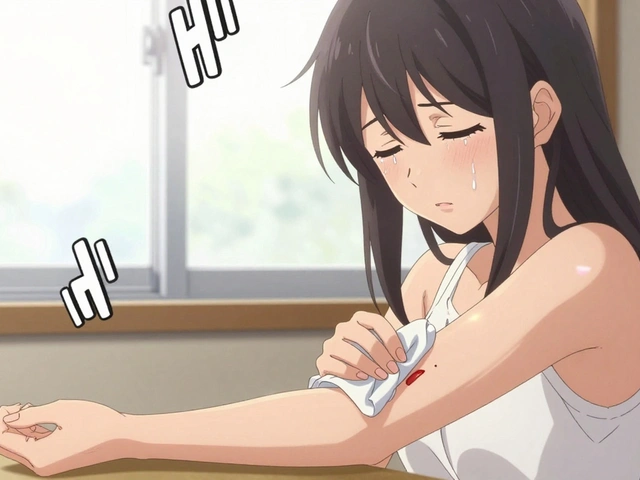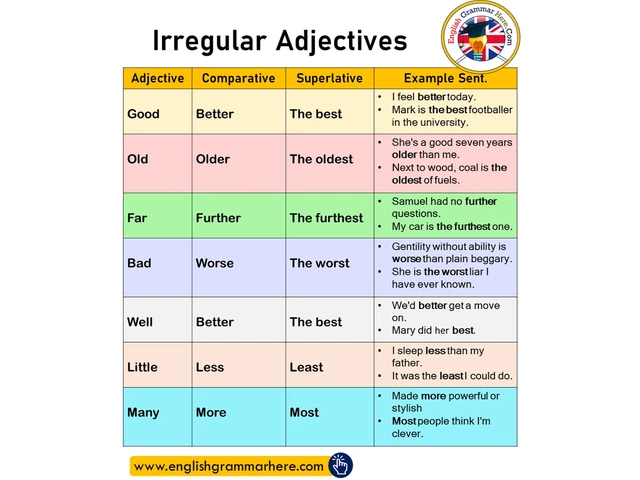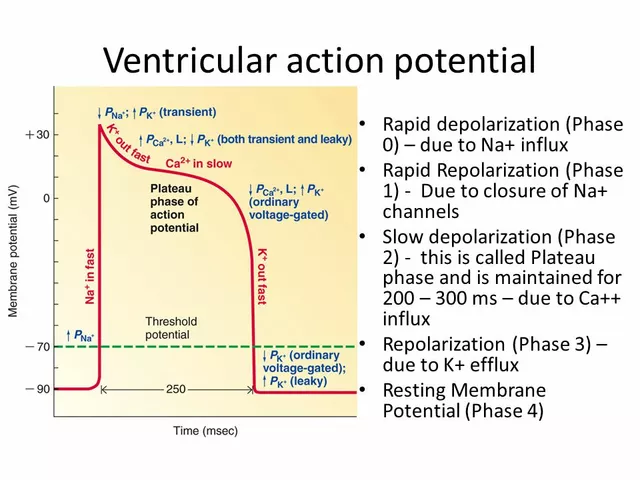Seasonal Affective Disorder (SAD) — what to watch for and what helps
Do your mood and energy dip every fall or winter? That recurring slump could be seasonal affective disorder (SAD). It’s more than feeling a bit down — people with SAD often have predictable symptoms tied to the seasons and real ways to treat them.
Common signs: low mood, low energy, sleeping more than usual, craving carbs, weight gain, trouble concentrating, and pulling away from friends. If these show up every year as daylight shrinks and go away in spring, SAD is a likely cause. If you have suicidal thoughts or severe loss of function, get help now.
Fast, practical treatments that work
Light therapy: a 10,000-lux light box used about 20–30 minutes each morning is the first-line, non-drug option. Sit near the box while having breakfast or checking email. Use a device designed for SAD (not a regular lamp). Start early in the season and be consistent — many people feel better after a week or two.
Medications: antidepressants can help, especially if symptoms are moderate to severe. Common choices include SSRIs (like escitalopram/Lexapro) or bupropion XL, which has evidence for SAD. Tricyclic antidepressants are sometimes used but carry more side effects. Always talk with a doctor before starting or stopping meds.
Sleep and routine: keep a regular sleep schedule, get outside for daylight exposure (even on cloudy days), and keep activity levels up. Exercise and morning outdoor walks boost mood and help reset your internal clock.
Supplements and other aids: check your vitamin D level — low vitamin D is common in winter and correcting a deficiency can help overall energy. Omega-3s or a multivitamin may support mood for some people, but discuss doses with your clinician.
Where to get help and how to buy meds safely in Mexico
Start with a primary care doctor or a mental health specialist. They can confirm SAD, rule out other causes, and recommend light therapy, meds, or therapy. Cognitive-behavioral therapy (CBT) adapted for SAD works well alongside other treatments.
If you’re looking to buy medications in Mexico to save money, get a valid prescription first. Use licensed pharmacies and check the pharmacy’s credentials. Mexican pharmacies often offer lower prices on prescription drugs, but be cautious with online sellers — prefer pharmacies that require a prescription and provide contact details. Our site compares prices and lists reliable options to help you find safe choices.
Practical checklist: 1) Note symptom pattern and severity. 2) See a clinician for diagnosis and safety screening. 3) Try light therapy daily and add medication if needed. 4) Check vitamin D and sleep habits. 5) If buying meds in Mexico, use a prescription and stick to licensed pharmacies.
If you want, use our site to compare popular antidepressants, light boxes, and supplements available in Mexico. Managing SAD is often a mix of simple lifestyle changes and medical help — and you don’t have to handle it alone.





